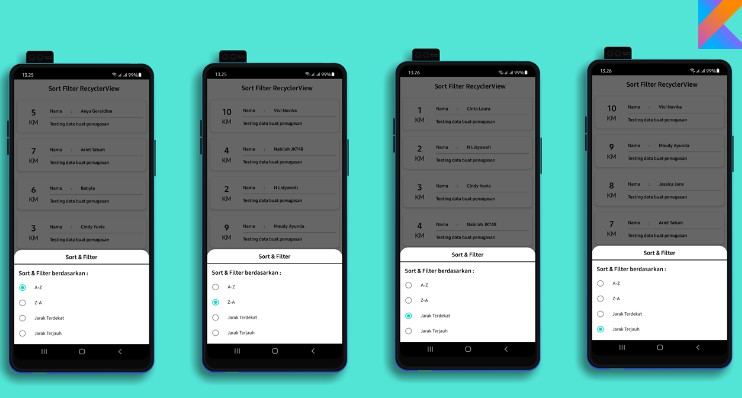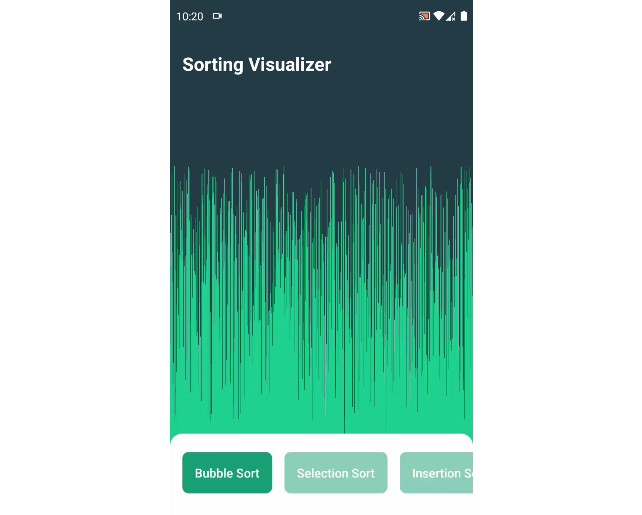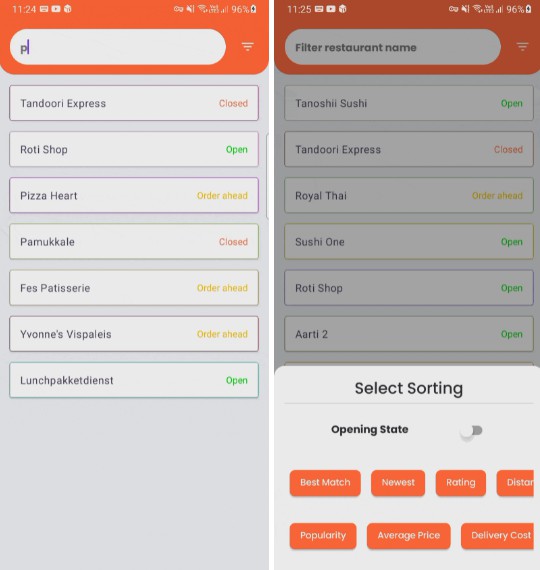MarkSLang
MarkSLang Ⓒ 2022 Markku Sukanen. Some sort of language(ish) thing to be.
Features
Simple calculations, loops, conditional(s), etc. Simple REGisters (for now only numeric).
What’s What?
- REG refers to so-called “registers”, which range from A to Z.
- DTA refers to some raw data value, e.g.
12.075,404, etc. - LOC in source code designates a “jump point” (or just a convenient tag), e.g.
this_is_a_loc: - CMD refers to any context-valid command.
- CMP refers to one of the many compare/compute things:
<,>,≠,≤,&etc.
Code Commenting
; any line beginning with ';' is treated as a comment and thus ignored.
NOP and just the same is everything ignored after 'NOP' "command".
; align
; doesn't
; matter
There’s also the fact that all commands ignore any and everything that follows the stuff they munch, and thus something like…
WHILE X is above zero, we'll run the following piece of code
X - 1 happens to reduce the counter, right?
R ← X and here the shrinking X is used as 'radius'.
C ← 3.141 might have something to do with "PI", right?
C * 2 ... multiplied
C * R ... and then again, with radius this time.
OUT C happens then to shovel the circumference into output buffer!
WEND then hops back to the WHILE X above.
… is a completely fine way to prettify / complicate your code!
Commands
OUT
“Prints” given value or REG into output buffer.
OUT 2OUT A
SET, ←
Set a REG‘s value.
SET A 2– setAto contain2SET B A– setBto contain whatever is inAC ← 3D ← E
ADD, +, SUB, -, MUL, *, DIV, /
Add, subtract, multiply, or divide given REG with something else. Result is stored in the given REG.
A + 4…ADD A 4B - C…SUB B CD * 5…MUL D 5E / F…DIV E F
JUMP, →
Jump somewhere else in the code.
JUMP somewhere_elsesomewhere_else →
IF
If something is something, then execute a CMD.
IF <reg/dta> <cmp> <reg/dta> <cmd> <loc>
IF A < B JUMP only_if_a_was_lt_b– jump to only_if_a_was_lt_b ifAis less thanB. Note that whitespace between REG/DTA, CMP and 2nd REG/DTA is significant!
END
The End. End program.
Program naturally ends when it runs of code to execute,
but END can be used to quit it at some arbitrary point in middle of
a chunk of code.
NOP
No-operation. May or may not be of some use for someone…
Any and everything following NOP is ignored, and thus
NOP can be used for code commenting,
here_be_code:
NOP A pointless set operation follows, for demonstration purposes...
NOP ...or just to state that 42 is the answer to L.
SET L 42
END
SWAP, ↔
Swap contents of two REG.
SWAP A BC ↔ DF <-> E
CALL, RET
Call a / return from sub-routine.
CALL some_sub_somewhereRET
Note that if CALL stack is empty then RET will act as NOP and execution of program will “fall through”. Occasionally useful, yet potentially hazardous ?
TRIM
Chop off all decimals from REG. This ye olde float-to-int truncation.
TRIM A
SUM
Sum into REG two other REG/DTA.
SUM C 3 4– sum3and4into REGCSUM C A B– sumAandBinto REGCSUM C A A– sumAtwice into REGC
RESET
Reset all REG.
RESTART
Restart app from scratch. At this point in time not very useful, but who knows?
WHILE, WEND
A rather basic looping operation.
X ← 10
A ← 0
WHILE X
; while X>0, keep looping
X - 1
A + 1
A * 1.5
WEND
OUT A
[169.9951171875]
PI, π
“PI” or π is what one might expect it to be, approx. 3.1415926…
PI Esets REGEto hold PI.π EADD C PIadds PI to whatever REGCcontains.R * πmultiplies REGRwith PI.
ABS
Abs a REG. In other words, drop any notion of negative value.
SET X -10
ABS X
; results with X having 10 in it.
Example Code
Shovel prime numbers below 50 into output buffer:
N ← 50
OUT 2
A ← 3
start:
B ← 2
Z ← 0
test:
C ← B
new:
IF C = A JUMP err
IF C > A JUMP past1
C + B
JUMP new
err:
Z ← 1
JUMP past2
past1:
B + 1
IF B < A JUMP test
past2:
IF Z = 1 JUMP past3
OUT A
past3:
A + 1
IF A ≤ N JUMP start



